



The Election Commission of India upgraded its Index Card system for electoral data on June 5, 2025, replacing manual entry with automated, tech-driven processes. This enhances speed and accuracy in generating 35 Lok Sabha and 14 State Assembly Statistical Reports, aiding researchers and policymakers with constituency-level insights.

Copyright infringement not intended
Picture Courtesy: THE HINDU
Context:
The Election Commission of India (ECI) upgraded the mechanism for generating Index Cards.
It is a comprehensive, non-statutory statistical report prepared after an election, and serves as a foundational database at the constituency level.
It is created by the ECI to make detailed electoral data accessible to researchers, academics, policymakers, and the public for analysis and study.
The data from these Index Cards forms the basis for several official reports.
Index Card is a secondary data summary created for academic and research purposes. The primary and legally final data remains in the statutory forms (like Form 17C and Form 20) which are maintained by the respective Returning Officers.
After an election, officials manually fill data onto physical Index Cards using information from various statutory forms, then this data manually entered into an online system.
Key Challenges
Time-Consuming => The manual entry and cross-verification process was extremely slow, leading to delays.
Prone to Human Error => Manual data entry at multiple stages increased the chances of clerical mistakes.
Delayed Dissemination => Researchers and policymakers had to wait a long time to get access to crucial election data.
Resource Intensive => The process required significant manpower and logistical effort.
The ECI has now replaced the old system with a streamlined, automated process that leverages modern technology.
The new system uses automation and data integration. It is designed to directly pull electoral data from existing digital systems where statutory information is already logged.
Instead of manual entry, the system automatically populates the Index Card by integrating data on various parameters, including:
Must Read Articles:
Election Commission of India (ECI)
Source:
|
PRACTICE QUESTION Q. Critically analyze the proposal for "One Nation-One Election" as a measure to streamline the electoral process and reduce expenditure 150 words |

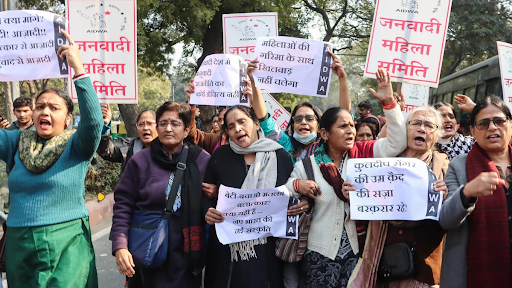
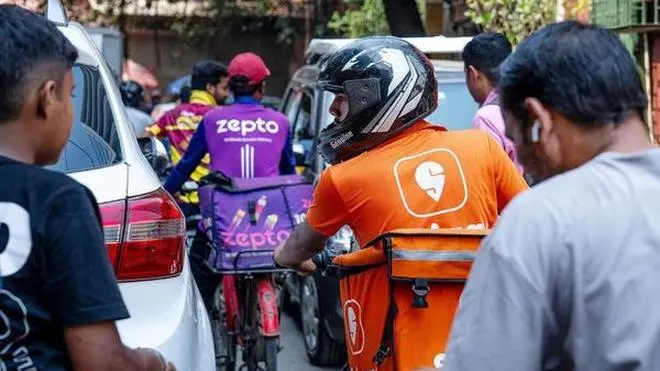
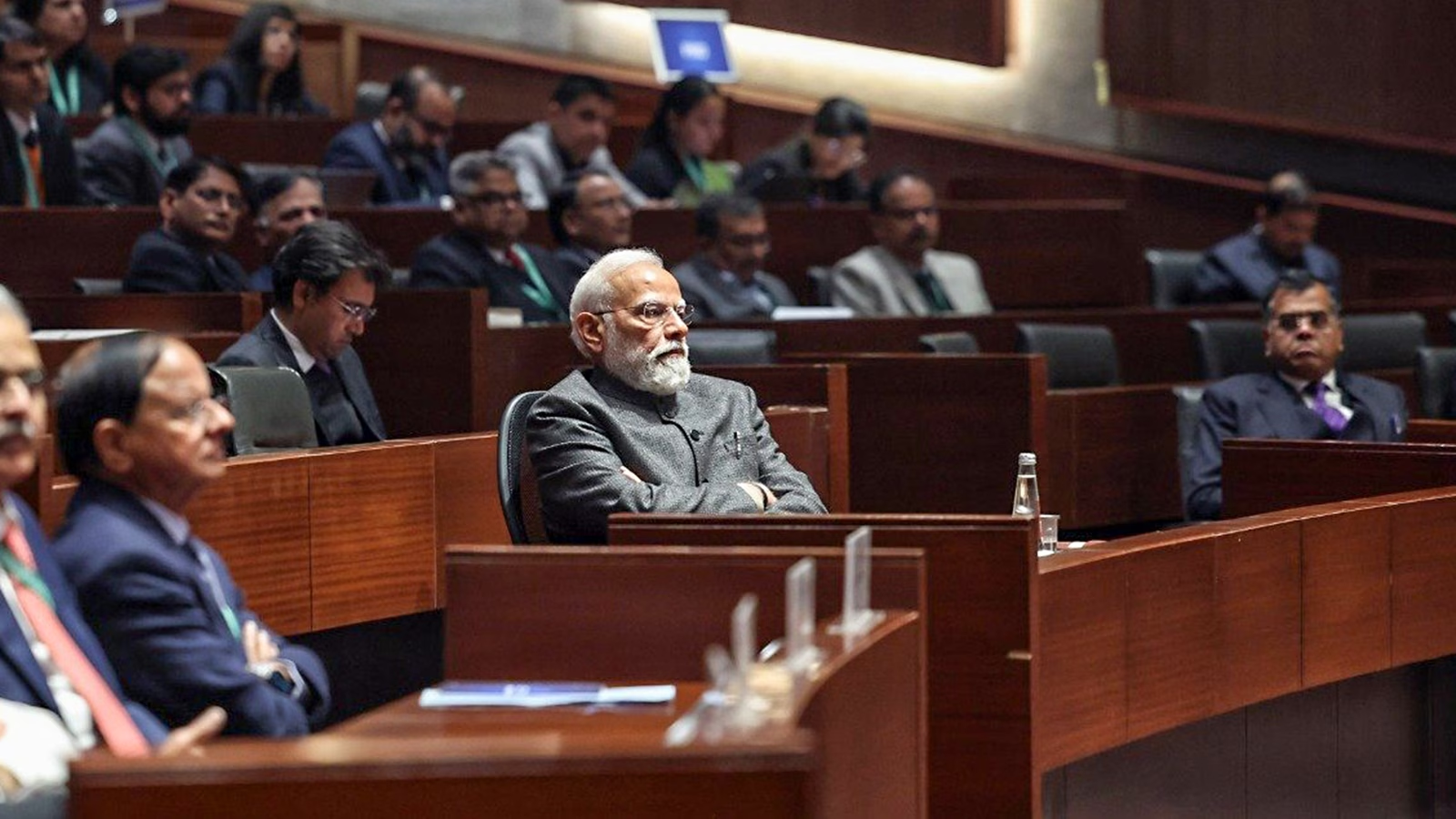
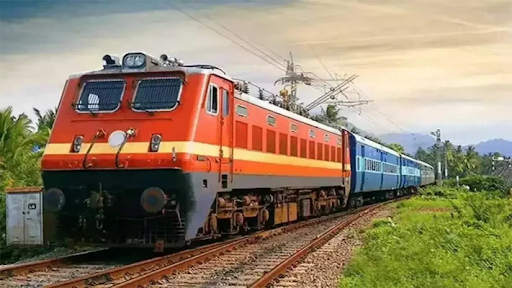
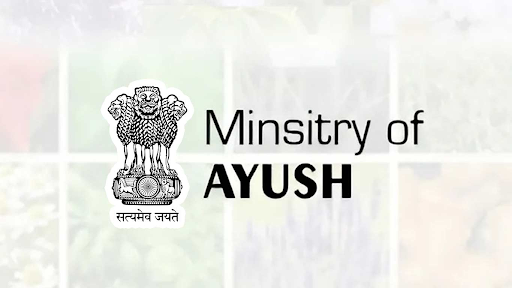

© 2026 iasgyan. All right reserved